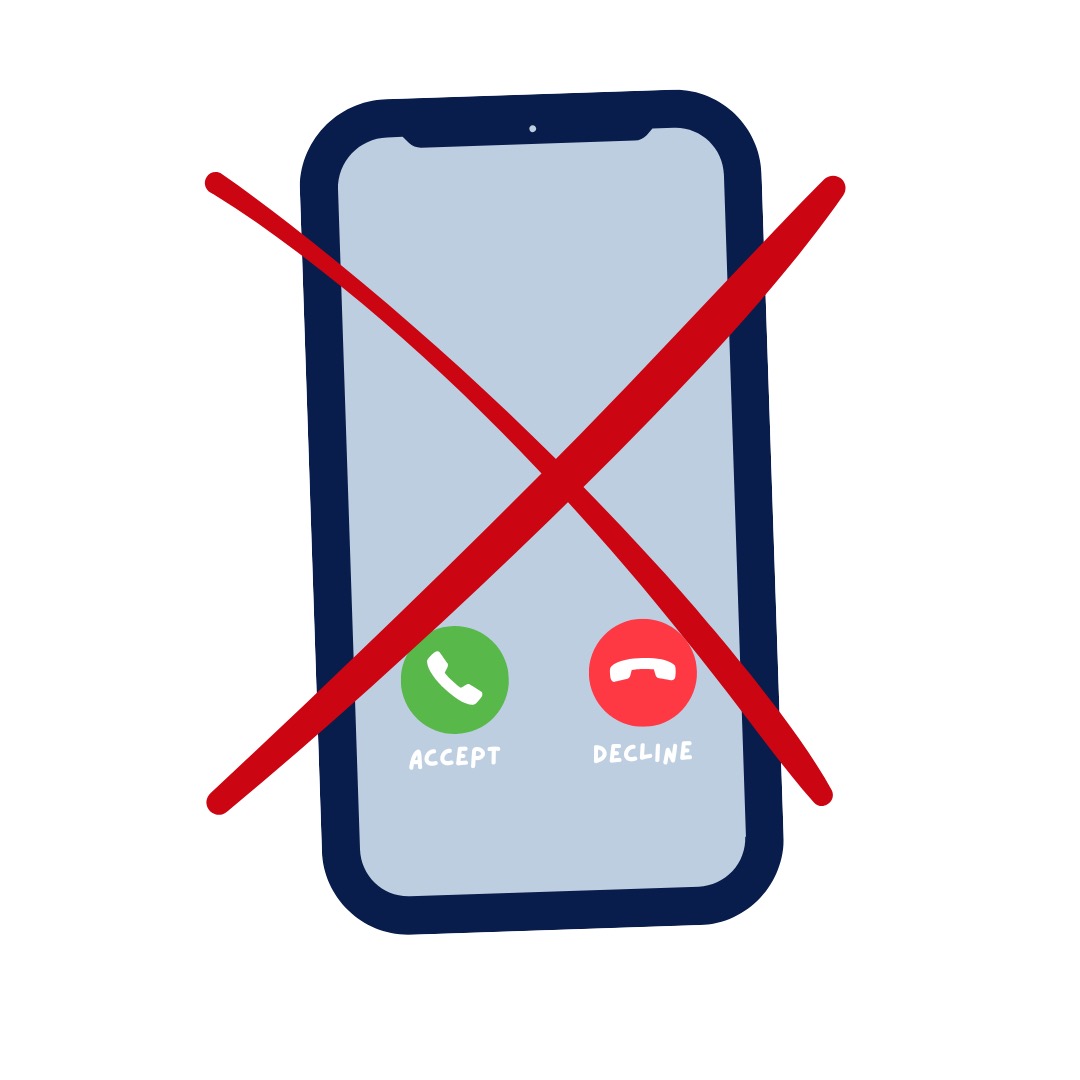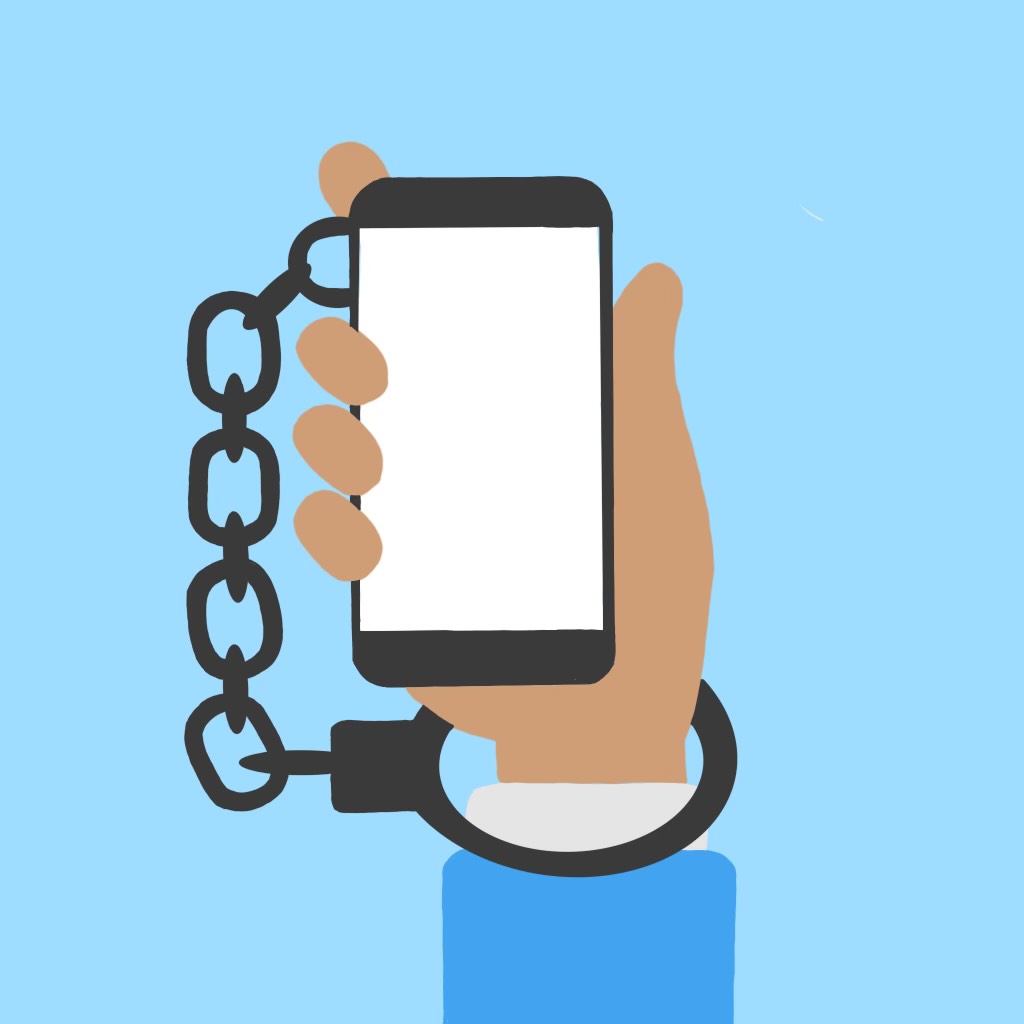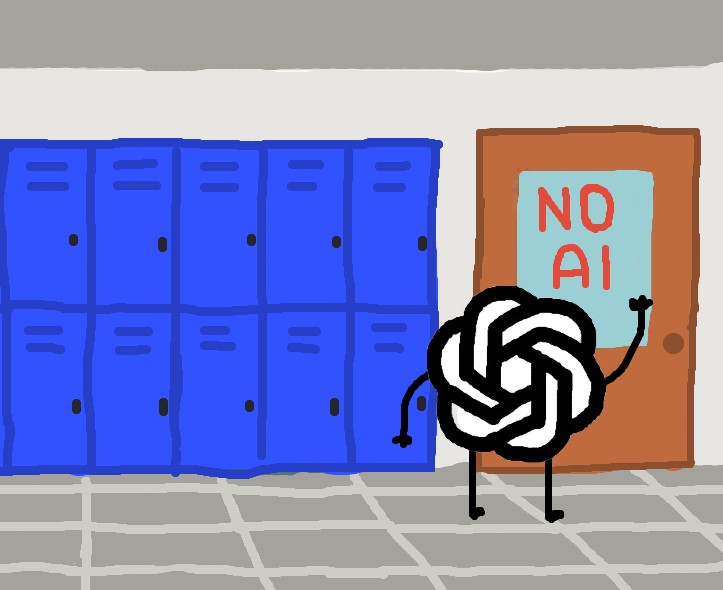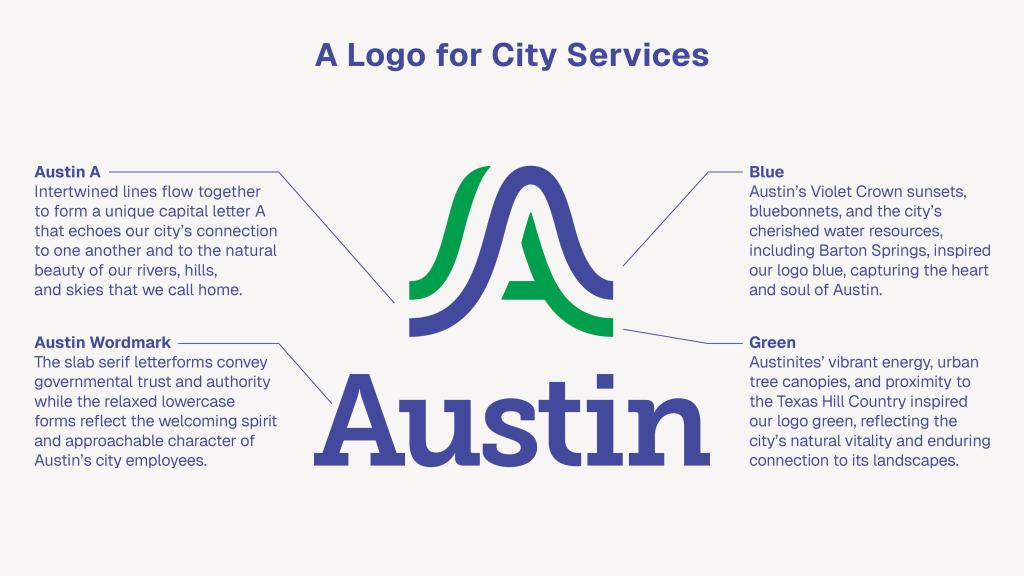In today’s digital age, social media and early access to phones are damaging young adults’ social, mental and physical health causing a spike in mental illness. Because of this harm, we think social media platforms should be more rigorous with their age restrictions and younger children should have limited access to cell phones.
Social media is addictive. Studies have shown that scrolling through social media and being on your phone can create certain stimulating effects that are addictive, causing you to spend more time on these apps. Teenagers are especially susceptible to this addiction. The more time you spend scrolling, the more your health is negatively impacted. It has been shown that the blue light produced by cell phones can disrupt your melatonin production, causing you to get less sleep. According to the CDC, teenagers should be getting 8-10 hours of sleep so anything less than that will cause a decrease in physical activity and attention spans at school.
Social media has been shown to promote dangerous activities and harmful behaviors through “trends.” Teenagers participate in these trends to look cooler or more interesting to other people on the internet, causing more damage to their health. A popular trend that teenagers participate in is the Rice Purity Test, an online survey you take that shows how “pure” you are, making you check boxes for things you have done. The lower the score, the more cool you appear on the internet. This type of social media activity can cause teens to perform unsafe activities in order to check boxes including shoplifting, getting arrested, smoking, etc. Then of course there is the ongoing fad of editing pictures and dieting that promotes unhealthy eating habits and disorders, leading to a decline in mental health.
Finally, according to the National Institute of Health, the human brain is not fully developed until the late 20s; therefore, the younger the age the more social media will have lasting effects on the brain. The teen brain is already more vulnerable to mental illness and factors such as social media can only increase the possibility. There can be a loss of social and cognitive skills and unnecessary stress in relationships and school. Some of the things we have observed happening to teenagers who regularly participate in social media are negative self-talk, increased anxiety, risk of self-harm and loneliness. These things are becoming a regularity in more teenagers since the popularity of social media has increased.
Although some argue that not allowing social media to teenagers could cause them to get bullied or feel left out, this is not a valid reason since this could happen even with social media. A child could see a post of their friends together without them or a stranger posting their luxurious life causing them to feel jealous. While it is unlikely that all social media apps will disappear, we believe that students should take steps to curb their social media use and in the absence of that self-policing, parents should limit their kids’ access to social media platforms. Since most kids are already addicted, it will be hard to abandon social media completely, but all parties—teenagers, parents and the social media sites themselves—should start limiting the time that teenagers are able to spend on the apps. The sites should also closely monitor the content being shared on their apps to prevent access to dangerous and harmful posts.













